Join the Leading Global Eye Health Alliance.
Membership-
Choose an alternate language here
The latest data shows that 55% of the world’s visually impaired are women and girls. Vision loss has far-reaching implications, not just for the women affected, but also for their families and communities. We cannot achieve the SDG’s when half the world is held back and without creating equal spaces for women and mitigating any discrimination.
IAPB celebrates International Women’s Day with the theme ‘Gender Equality today for a sustainable tomorrow’ as part of Focus on Gender Equity (supported by Santen). We invited Gender Equity Champions to create a ‘To Do list’ for Gender Equity in Eye Health For the Decade’ – what they want to achieve and see.
Here are the responses:

Public Health Ophthalmologist , Hospital Sultanah Nur Zahirah , Ministry of Health, Malaysia
Poverty, transportation issues and inability to spare family time for treatment are factors affecting access to eye care. All these issues can be addressed by bringing the services to community.
2. Empowering women with awareness on eye health needs
Women have always been marginalised in many aspects leading to anxiety, apprehension, fear, and inferiority complex. Empowering them with knowledge would help them come forward for treatment.
3. Women as the catalyst for eye health in children
As mothers, women should be empowered with awareness and latest advances in eye health which is important in prevention and treatment of refractive error in children.

Vision 2020 Australia
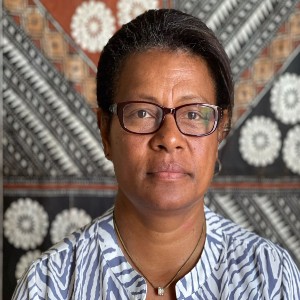
The Fred Hollows Foundation
To achieve gender equity in eye health by 2030 the following should be targeted or strengthened:
a) Strive to remove (unconscious) bias when recruiting or training eye health workers
b) Encourage fair working conditions and remuneration based on merit, output and understanding of the broader gender responsibilities played outside work
c)Improve on gender breakdown when collecting, analysing and reporting data
2. Frontline workers / Heath workers delivering the service (program planning)
a) Better understanding and respect of traditional, cultural and religious expectations of women … will lead to improvements in addressing these when rolling out eye health programmes
3. Population receiving the eye health service (awareness & advocacy / medicines & technologies)
a) Recognition of the contribution women and girls make in the community and the importance of their health
b) Increasing education opportunities for girls and young women leading to better understanding and management of eye health conditions of family members
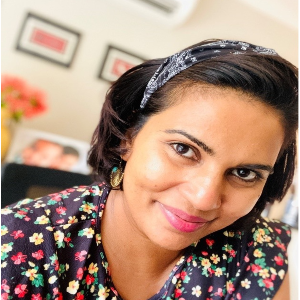
Pacific Programme Manager, The Fred Hollows Foundation NZ
We will not see an improved response to accessing care by women until women are involved at all levels of decision making in health services. In 2021 the Fred Hollows Foundation NZ appointed its first Pacific woman CEO. This has driven an enhanced focus on practical action to correct systemic inequalities and has enabled valuable conversations with Pacific women.
2. Utilise technology to bring opportunities to the home
Travelling to work or study isn’t an option for many women, eliminating opportunities by default. A happy effect of COVID-19 was accelerated investment in online, remote education opening up eye care study to more women.
3. Tailor eye care provision to women
The WHO World Report on Vision suggests gender inequity in eye care services could be explained by greater challenges for women in travelling to health services. This is true for many Pacific women whose schedules often revolve around the needs of the household and aren’t planned or predictable. Providing eyecare alongside other primary health checks and bringing outreach healthcare to communities is key to increasing access for women.

Country Corporate Affairs and Comms and Engagement Head
Novartis Healthcare Philippines Inc.
2. Standardize data generation and disaggregation to provide evidence of gender disparity in health. Assess the impact of organizations’ contributions to women’s health issues.
3. Empower men and women to have good health seeking behavior. Include eye health in women-related awareness campaigns or celebrations. Establish a dedicated multi-disciplinary health center for young girls and women addressing preventive health, mental health, reproductive health, women’s cancers, heart health, and eye health.
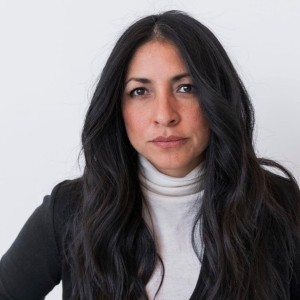
International Programmes Director, CBM New Zealand
1. Women participation is essential for Gender Equity in Eye Health.
2. In Papua New Guinea, a country with a high prevalence of blindness and poverty, women are demonstrating leadership across various areas: operating as eye health professionals, ophthalmologists and nurses at outreach clinics. As caregivers, holding the hands to loved ones as they access eye treatment and as development workers who drive innovation, adaptation and collaboration on behalf of their communities.
3. But it is not enough to develop programmes that focus on women in the context of eye health, we need to bring women’s voices to the table and work together.
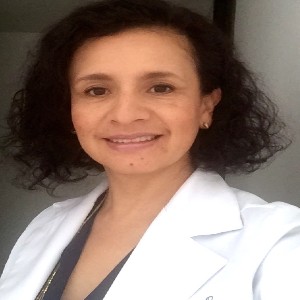
Presidente
Colegio Federación Colombiana de Optómetras – Fedopto
Dentro de los aspectos a tener en cuenta para la equidad de género en lo que se refiere a la Salud Visual pudieran ser:
Translated
– equity in job offers will facilitate better access to health services improving diagnostic treatment and rehabilitation services.
– equity in education will facilitate that mothers teach their children healthy life style habits.
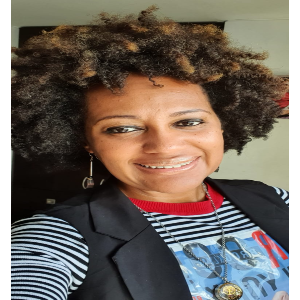
Optometry Lecturer at La Salle, University
Consultant for UN on Disability projects, and ARN Reincorporation and Normalization Agency Colombia

Eye Health Director, Light for the World
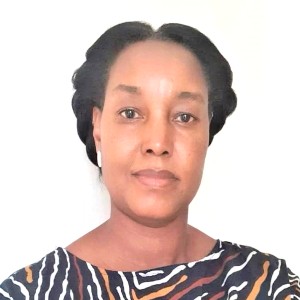
Director-Rwanda International Institute of Ophthalmology
Medical Advisor- Global Programs (Africa) at Orbis International

Country Director, Orbis International Zambia
Associate Director of Clinical Training, Orbis International
2. When you educate and prioritize a girl/woman for services, then you ensuring this type of support is possible for the whole community. Women/girls need to be centered and included in initiatives and programs for them to become sustainable.
3. As those who bear the burden of global vision impairment, women, who often are also primary care givers, need to be prioritize and given the attention they deserve.

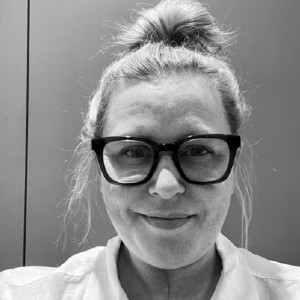
Global Advocacy Advisor
The Fred Hollows Foundation
Focus on Gender Equity, throughout the year, shares knowledge, inspiration and ideas from some of the world’s most innovative experts and inserts eye health and Gender Equality onto the agenda of the world’s most pressing development issues and is supported by Santen.